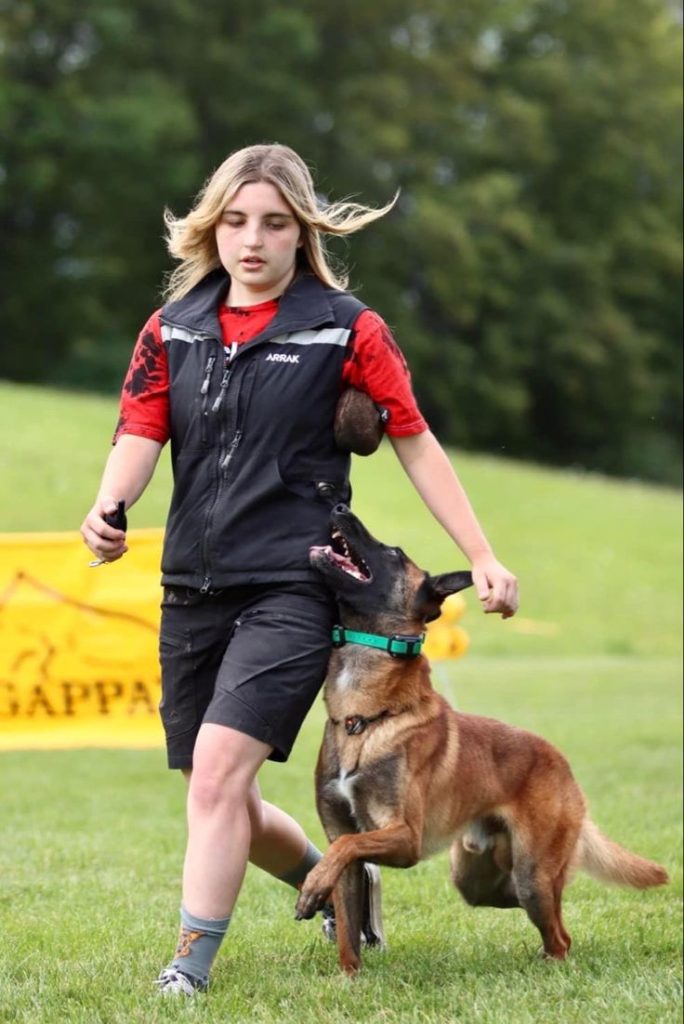In the diverse and vibrant canine community of Los Angeles, effective dog training is not about magic tricks but about applying proven methodologies that foster clear communication, build trust, and address specific behavioral needs. With a plethora of trainers and philosophies available, understanding the core training methods that genuinely work is crucial for any LA dog owner seeking a well-behaved, happy companion. This article delves into the most effective and widely accepted dog training methodologies, highlighting why they yield real results for dogs in a dynamic urban environment.
1. Positive Reinforcement: The Gold Standard
Positive reinforcement is arguably the most widely recommended and humane training method, forming the cornerstone of effective Dog training Los Angeles. It focuses on rewarding desired behaviors, making learning an enjoyable and motivating experience for the dog.
- How it Works: When a dog performs a desired action (e.g., sits on command, comes when called), they receive something rewarding (a high-value treat, praise, a favorite toy, a belly rub). This increases the likelihood that the dog will repeat the behavior in the future.
- Why it’s Effective: It builds a strong, trusting bond between the dog and owner, as the dog associates training with positive outcomes. It’s highly versatile and works for all breeds and temperaments, from puppies learning basic manners to adult dogs overcoming fear or reactivity.
- Real-World Application in LA: In a city full of distractions, positive reinforcement helps dogs learn to choose to focus on their owner even amidst tempting sights and sounds, because they anticipate a reward for doing so.
2. Lure and Reward Training: Guiding Desired Behaviors
Lure and reward is a foundational technique often used within positive reinforcement to initially teach new behaviors.
- How it Works: A treat (the lure) is used to guide the dog into the desired position (e.g., holding a treat over the dog’s head to encourage a sit). Once the dog performs the action, they receive the treat and praise. The lure is then gradually faded as the dog understands the verbal cue.
- Why it’s Effective: It’s a gentle and clear way to communicate what you want your dog to do without physical manipulation. It’s particularly useful for teaching basic obedience commands quickly.
- Real-World Application in LA: Helps establish a clear understanding of commands before introducing distractions, making it easier to progress to more challenging environments.
3. Desensitization and Counter-Conditioning: Changing Emotional Responses
These are powerful methods used to address fear, anxiety, and reactivity—common issues for dogs in a bustling city like Los Angeles.
- Desensitization: Gradually exposing a dog to a trigger (e.g., other dogs, loud noises) at a very low intensity, where they remain calm and comfortable. The intensity is slowly increased over time as the dog shows no fearful response.
- Counter-Conditioning: Changing a dog’s negative emotional association with a trigger to a positive one. When the trigger appears, the dog is immediately given something highly rewarding (e.g., high-value treats). The goal is for the dog to associate the trigger with good things.
- Why it’s Effective: These methods address the underlying emotional response to a trigger, not just the outward behavior. This leads to lasting change and a more confident, less stressed dog.
- Real-World Application in LA: Essential for dogs living in an urban environment where triggers (sirens, crowds, other dogs) are unavoidable. It helps dogs become more comfortable and less reactive in their daily lives.
4. Management and Prevention: Setting Up for Success
While not a “training method” in itself, effective management is a crucial component of any successful training plan, especially for behavioral issues.
- How it Works: Involves controlling the dog’s environment to prevent unwanted behaviors from occurring. This might include using leashes, crates, baby gates, or avoiding known triggers until the dog has learned new coping mechanisms.
- Why it’s Effective: Prevents the dog from practicing unwanted behaviors, which can make them more ingrained. It also keeps the dog and others safe during the training process.
- Real-World Application in LA: Essential for navigating dog parks, busy sidewalks, or having visitors over, ensuring safety and preventing setbacks while training is underway.
5. Structured Play and Enrichment: Beyond Formal Commands
Effective training extends beyond formal obedience sessions. Integrating play and mental stimulation is vital for a well-balanced dog.
- How it Works: Using games (e.g., fetch, tug-of-war) to reinforce commands, teach impulse control, or build confidence. Providing puzzle toys, chew toys, and opportunities for sniffing games to engage a dog’s mind.
- Why it’s Effective: Addresses a dog’s natural instincts, burns mental and physical energy, and prevents boredom-induced destructive behaviors. It also strengthens the bond through shared positive experiences.
- Real-World Application in LA: Crucial for dogs in apartments or with limited yard space, ensuring they receive adequate mental and physical stimulation to prevent common urban dog problems.
Conclusion
The most effective dog training in Los Angeles combines these proven methodologies, often tailored to the individual dog’s needs and the owner’s lifestyle. By focusing on positive reinforcement, strategically using lures, addressing emotional responses through desensitization and counter-conditioning, implementing smart management, and incorporating enriching play, LA dog owners can achieve real, lasting results, fostering well-behaved, confident, and happy companions ready to thrive in their urban environment.



